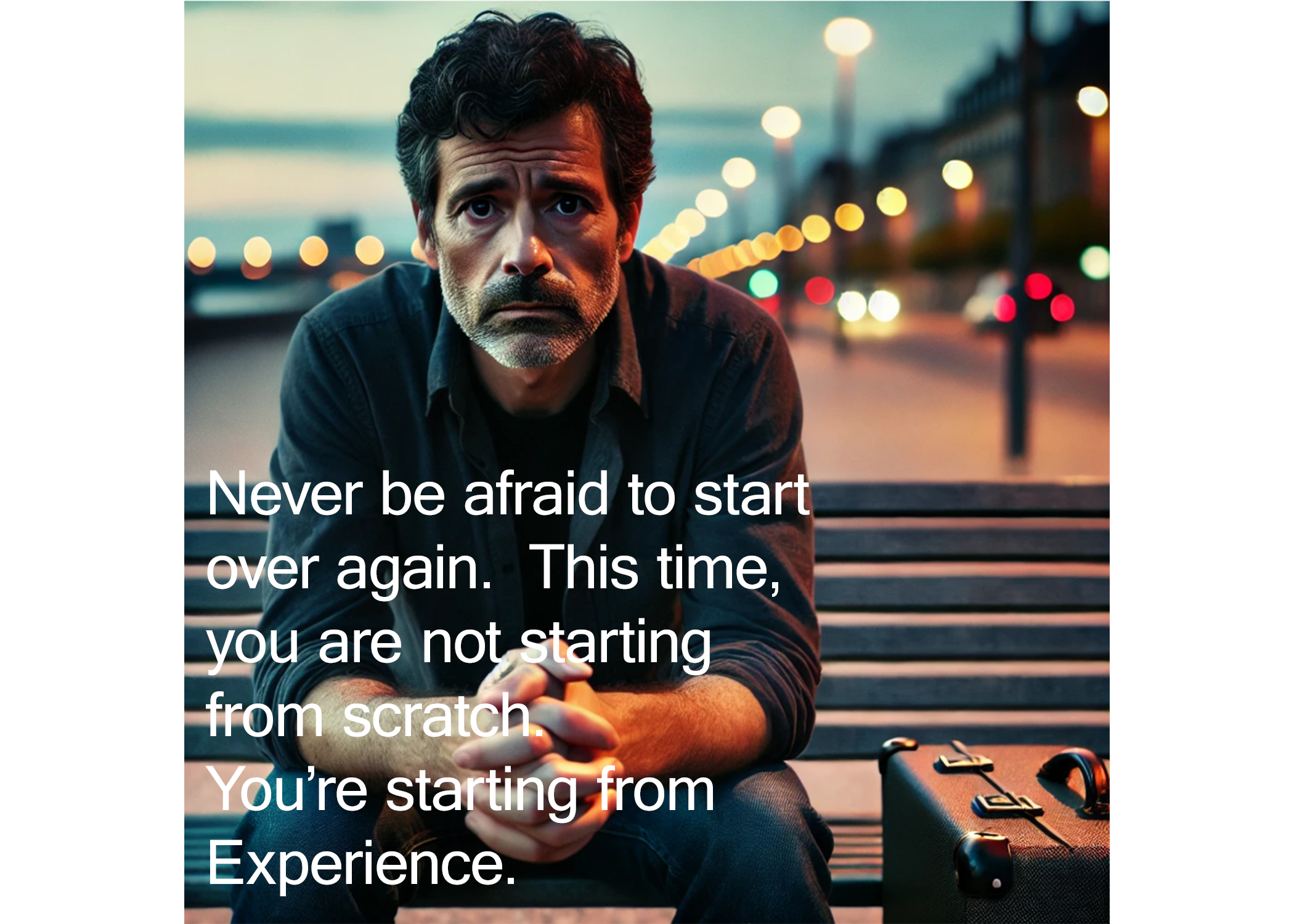Gossip is when people talk about others, often when they are not around. It can be about good or bad things. People gossip for many reasons, such as making friends, sharing news, or feeling important. But too much gossip, especially if it is unkind, can hurt feelings and cause problems. Understanding why people gossip and how to stop can help us build stronger and kinder relationships.
Why Do People Gossip?
1. It Helps People Feel Connected
Gossip can make people feel closer to one another. Talking about someone else can create a sense of belonging. Psychologists say gossip is a way people bond and build relationships (Dunbar, 2004). Research shows that sharing information about others helps maintain friendships and social groups (Foster, 2004).
2. People Want to Share Information
Some people gossip because they think they are helping others by spreading information. Feinberg, Willer, and Schultz (2014) found that people gossip to warn others about bad behavior. However, gossip can sometimes spread false information, leading to misunderstandings and hurt feelings.
3. It Makes People Feel Important
Knowing and sharing news can make people feel special. According to Baumeister, Zhang, and Vohs (2004), gossip allows people to gain social power by controlling information. But when used the wrong way, it can harm relationships.
4. Gossip Can Be a Way to Avoid Boredom
Some people gossip simply because they have nothing else to talk about. Talking about others can make a conversation more exciting, but if it is negative, it can also damage friendships (Emler, 1994).
5. Some People Gossip to Feel Better About Themselves
People may gossip to make themselves look better. If they talk about someone else’s mistakes, they might feel smarter or more successful. According to research by Parker and Pearson (2005), gossip can sometimes be a way to boost self-esteem, but it often backfires by making others lose trust in the gossiper.
How Can People Stop Gossiping?
1. Think Before Speaking
Before talking about someone else, ask:
- Is this true?
- Is it helpful?
- Is it kind?
If the answer is “no,” it is better not to say it. This method, called the THINK strategy, helps people avoid harmful gossip (Maxwell, 2008).
2. Change the Subject
If someone starts gossiping, try talking about something else. A simple way to stop gossip is to ask about a different topic, like a favorite hobby or a fun memory. Research by Kniffin and Wilson (2005) suggests that shifting conversations to neutral or positive topics reduces gossip in social groups.
3. Stand Up for Others
If a friend is being talked about, say something kind about them. You can also remind others that gossip can hurt feelings. Studies show that standing up against gossip helps create more positive social environments (Farley, 2011).
4. Focus on Positive Conversations
Try to talk about good things instead of bad things. Complimenting others and sharing happy stories can make friendships stronger. According to Wert and Salovey (2004), people who focus on positive conversations build better relationships and are seen as more trustworthy.
5. Spend Time with People Who Don’t Gossip
Being around kind and positive people makes it easier to avoid gossip. Choosing friends who support each other instead of talking behind each other’s backs can lead to healthier relationships (Robbins & Karan, 2019).
Gossip is a common part of life, but it can cause problems when it is unkind or untrue. People gossip for many reasons, like wanting to fit in, feeling important, or sharing information. However, there are ways to stop gossiping, such as thinking before speaking, changing the subject, and focusing on positive conversations. By choosing to be kind and respectful, we can create better friendships and a more trusting world.
John S. Collier, MSW, LCSW, is a seasoned clinical social worker with over 25 years of experience, serving the London, Kentucky area through Southeast Kentucky Behavioral Health, LLC. Known for his compassionate approach and commitment to quality care, Mr. Collier supports individuals and families with a focus on mental health and well-being. He is available for professional inquiries at (606) 657–0532, extension 101, or by email at john@sekybh.com.
References
- Baumeister, R. F., Zhang, L., & Vohs, K. D. (2004). Gossip as social weapon: Its origins and implications. Psychological Bulletin, 130(2), 245-269.
- Dunbar, R. I. M. (2004). Gossip in evolutionary perspective. Review of General Psychology, 8(2), 100-110.
- Emler, N. (1994). Gossip, reputation, and social adaptation. In R. F. Goodman & A. Ben-Ze’ev (Eds.), Good gossip (pp. 117-138). University Press of Kansas.
- Farley, S. D. (2011). Is gossip power? The inverse relationship between gossip, power, and likability. European Journal of Social Psychology, 41(5), 574-579.
- Feinberg, M., Willer, R., & Schultz, M. (2014). Gossip and ostracism promote cooperation in groups. Psychological Science, 25(3), 656-664.
- Foster, E. K. (2004). Research on gossip: Taxonomy, methods, and future directions. Review of General Psychology, 8(2), 78-99.
- Kniffin, K. M., & Wilson, D. S. (2005). The effect of nonverbal behavior on the perception of trustworthiness. Evolution and Human Behavior, 26(3), 405-417.
- Maxwell, J. C. (2008). Ethical communication in relationships: The THINK strategy. Leadership and Ethics Journal, 12(1), 34-47.
- Parker, J., & Pearson, M. (2005). The effects of gossip on workplace morale. Journal of Organizational Behavior, 26(4), 275-292.
- Robbins, M., & Karan, A. (2019). Social bonds and gossip: The role of relationships in sharing information. Journal of Social Psychology, 159(2), 221-235.
- Wert, S. R., & Salovey, P. (2004). A social comparison account of gossip. Review of General Psychology, 8(2), 122-137.
Like this:
Like Loading...









